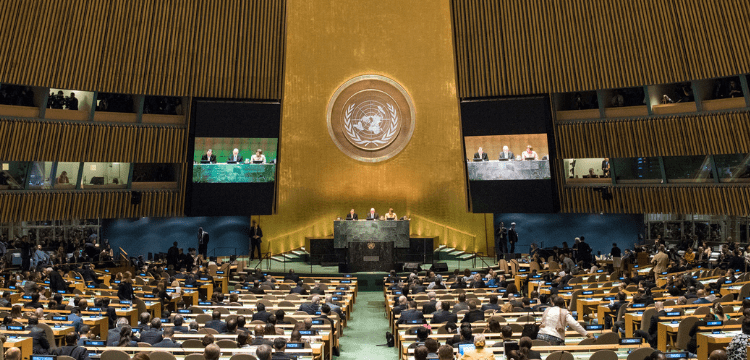[vc_row][vc_column][vc_column_text dp_text_size=”size-4″]The United Nations was poised to release a capstone report Monday distilling nearly a decade of published science on the impacts and trajectory of global warming, and the tools available to prevent climate catastrophe.
The Intergovernmental Panel on Climate Change’s 30-odd page “summary for policymakers” — compressing 10,500 pages authored by more than 1,000 scientists — is as dense as a black hole and will deliver a stark warning.
“We are nearing a point of no return,” UN chief Antonio Guterres said last week as diplomats from 195 nations gathered in Interlaken, Switzerland, to hammer out the final wording, finalised on Sunday night by exhausted and sleep-deprived delegates two days behind schedule.
“For decades, the IPCC has put forward evidence on how people and planet are being rocked by climate destruction.”
Since the last IPCC synthesis report in 2014, science has determined that devastating impacts are happening more quickly and at lower levels of warming than previously understood.
With Earth’s average surface temperature 1.2 degrees Celsius above pre-industrial levels so far, the planet has seen a steady crescendo extreme weather, including tropical storms made worse by rising seas.
Read More: SBP produces Rs50 commemorative coin in honour of Golden Jubilee of Senate.
On current trends, the world is on track to warm by an additional 1.6 degrees.In 2022, climate change quantifiably amplified deadly heatwaves in South America and South Asia, massive flooding in Nigeria and Pakistan, and record-breaking drought in Western Europe and the Unites States, according the World Weather Attribution consortium, which includes many IPCC authors.
Science in the last decade has also elevated the danger posed by so-called tipping points in Earth’s climate system that could — beyond certain temperature thresholds — see tropical forests in the Amazon morph into savannah, and ice sheets in Greenland and West Antarctica shed enough water to lift oceans by metres.[/vc_column_text][/vc_column][/vc_row]











